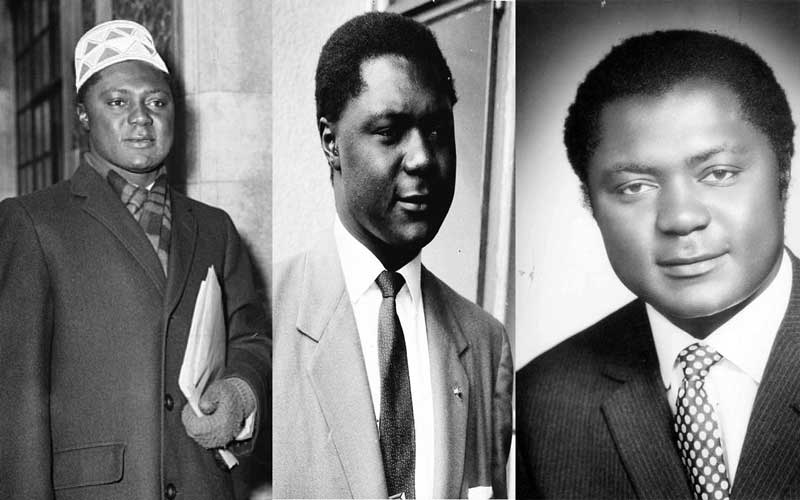
There is nostalgia manifesting in the form of memorials for the departed powerful. The memorials are public functions for the living, not the dead, and the reasons range from attempts to relive memories, self-legitimisation, or expressions of despair over what might be happening. Ali A Mazrui captured this phenomenon when he wrote about dead heroes becoming very popular as long as they stay dead.
The living shower praises on men whose killings they might have played a role. Few dead heroes could out-do Patrice Lumumba, the Congolese firebrand who became the focus of political adulation. Memorialising Lumumba became a ritual and a source of inspiration even to Moise Tshombe and Joseph Mobutu. Ritualising memorialisation is also a sign of despair as things go wrong and the participants tend to deify and turn the dead into super heroes. If only so and so had not died, things would be different. He would know how to fix current troubles.